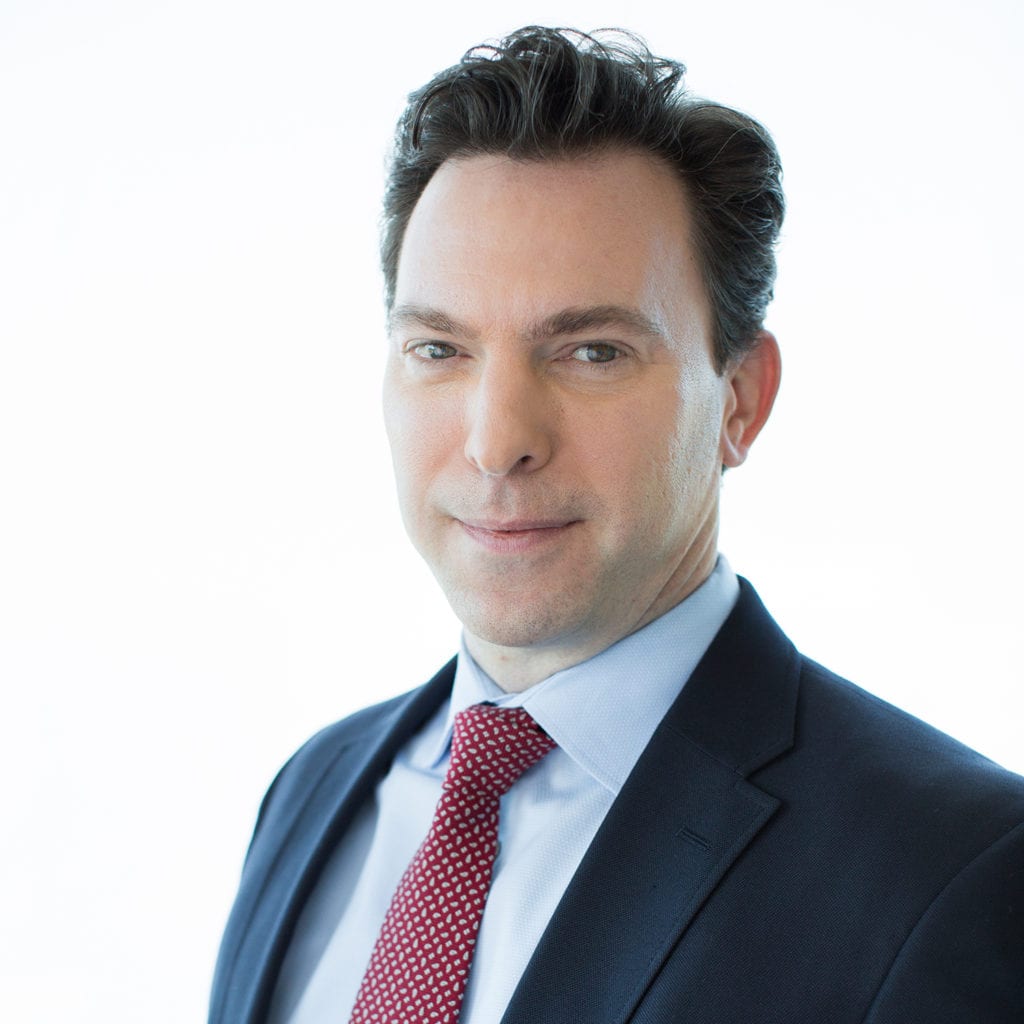
Share this Article
Taking Care of Our Health Care Staff
By Thomas J. Bryant, ARM
President, Physicians Insurance
June 21, 2022
As summer winds down, I hope you’ve had the opportunity to rest and rejuvenate after a difficult two years. The pandemic highlighted how truly essential our health care workforce is. It also reminded us how our job and workplace affect our health and our lives outside of work. And that our health and lives outside of work influence our businesses and our ability to work.
It might be a good time to consider whether there are opportunities to make your workplace healthier and safer for your staff. Health care can be a risky place to work, even without the COVID-19 pandemic complicating professional life. For instance, nationally, hospitals have been among the top industries for workers’ compensation claims. While smaller-sized health care settings such as physician and dental offices, outpatient care centers, and labs have lower claim rates, they still have the potential for similar hazards — injuries from needlesticks, trips and falls, muscle strain, and agitated patients.
A workplace injury not only causes pain and disruption to the employee, but it can also have a big impact on smaller practices, affecting the workload and morale of other staff. And it can lead to negative impacts on patient care and experience — the patient can be injured, and staff absence can increase the possibility of medical errors, which increases your exposure to a malpractice claim.
Beyond exposure to injury and infectious disease, the workplace can affect an employee’s health in other ways. Studies have shown that prolonged periods of high stress and overload at work can lead to high blood pressure, heart disease, diabetes, obesity, anxiety, and depression, as well as more absenteeism and low employee morale. And an employee’s chronic health conditions have been associated with an increased risk of workplace injury and increased workers’ compensation costs.
Recognition that the workplace affects health and vice versa has led organizations to take a more holistic approach to employee health and wellness. The National Institute for Occupational Safety and Health (NIOSH) now recognizes the workplace as a key social determinant of health that influences the employee’s health and wellness at and beyond the workplace. Historically, NIOSH, which was established by Congress in 1970, focused on preventing injuries in the workplace. More recently, it developed the Total Worker Health program, which expanded that focus from injury prevention to health promotion.
In occupational health, a traditional hierarchy of controls seeks to remove hazards in the workplace. The Total Worker Health hierarchy of controls emphasizes not only safety but also health and well-being, which one article discussing this framework described as the “experience of positive perceptions and the presence of constructive conditions of work and beyond that enables workers to thrive and achieve their full potential.” The key elements of the hierarchy consist of the following:
- Eliminate working conditions that threaten safety, health and well-being;
- Substitute health-enhancing policies, programs, and practices;
- Redesign the workplace for health, safety and well-being;
- Educate for safety and health; and lastly,
- Encourage personal change.”
While larger practices may be able to implement comprehensive wellness programs, smaller practices might use this framework to consider what is important and effective for their staff and practice. Staff engagement, from identifying concerns to implementing solutions, is key throughout the process and is one of the defining elements of Total Worker Health:
- Demonstrated leadership commitment to health and safety for all workers
- Work designed to reduce health hazards and promote worker well-being
- Worker engagement throughout the process
- Confidentiality and privacy of workers
- Integration into policies and practices
There are business benefits to paying attention to worker well-being — fewer sick days, improved productivity, better retention, reduced workers’ compensation, and malpractice exposure — but most importantly, our essential health care workers will be healthier and happier.
Resources





